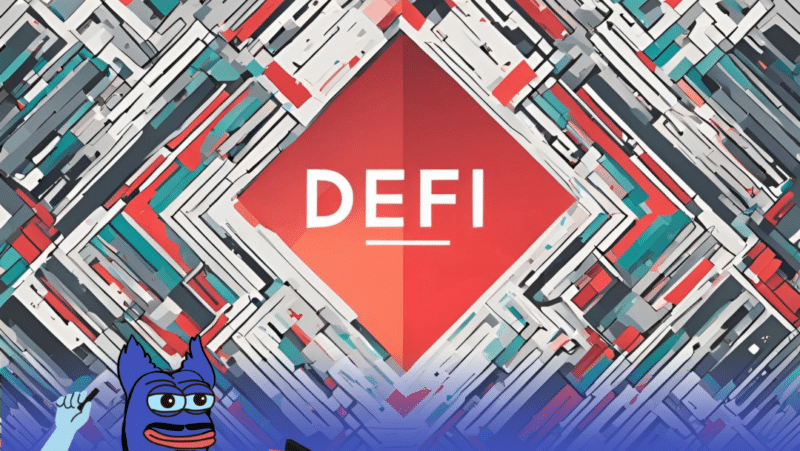
Blockchain is a powerful technology that functions like a digital ledger, and understanding how it works can help appreciate its benefits. Here’s a step-by-step explanation of how blockchain operates:
Blocks
What is a Block?
Each block in a blockchain is similar to a page in a record book. It contains a list of transactions that have taken place. Think of it as a collection of details about various exchanges, such as who sent what to whom, and when.
Contents of a Block
Besides transaction details, each block includes a unique identifier called a hash. It also holds a reference to the hash of the previous block, which is crucial for creating a secure and connected chain of blocks.
Chain
Linking Blocks
Blocks are linked together to form a chain. Each new block contains a reference to the hash of the previous block, creating a continuous and unbroken chain. This linkage ensures that every block is securely connected to its predecessor.
Integrity of the Chain
Imagine a stack of books where each book refers to the last one. If you try to remove or alter a book in the middle, the entire stack’s integrity is compromised. Similarly, in blockchain, if someone tries to change a block, it would require altering every subsequent block, which is nearly impossible due to the cryptographic security in place.
Process
Transaction
The process begins when a user requests a transaction, such as sending Bitcoin to another person. This request initiates a series of steps to ensure the transaction is valid.
Verification
The transaction request is sent to a network of computers known as nodes. These nodes work together to verify the transaction’s details. They check whether the transaction is legitimate and whether the sender has enough funds to complete it.
Recording
Once verified, the transaction is grouped with other transactions into a new block. This block is then prepared to be added to the blockchain.
Linking
The new block is linked to the existing chain of blocks. Each block in the chain references the hash of the previous block, ensuring that the chain remains intact and secure.
Why It Matters
Security
The linking process ensures that once a block is added to the blockchain, it cannot be changed without altering all subsequent blocks. This makes blockchain highly secure, as any attempt to tamper with a block would require a tremendous amount of computational power to modify every block that follows it.
Transparency
All transactions recorded on the blockchain are visible to all participants in the network. This transparency allows anyone with access to the blockchain to view and verify transactions, promoting trust and accountability among users.


